With the fourth technology wave, the world is changing fast and with it the construction industry is changing as well. Even with the impact of the Covid-19 pandemic, the construction sector is a booming and growing sector - but with rapid alternations. Today, we will talk about the top 5 trending practices in construction.
By default, the construction industry is rather slow to adapt to new practices, compared to other businesses. Generally, the same construction trends stay in practice for years with minimal adjustments. However, in the last few years, increased technological awareness, digital breakthroughs, and changed market demands have forced the hand of the traditionalists in the industry - they have to adapt to the new era of construction or go extinct.
Therefore, without further ado let's jump into the top 5 trending practices in construction.
With the advances of awareness in global warming and the climate change factor, the market is shifting rapidly towards using sustainable, clean technology in every sector, and the construction industry is no exception. Using minimal waste construction methods to build high energy efficient buildings that are built from recyclable materials and are reasonably self-sufficient is becoming one of the top trends in construction industry these days.
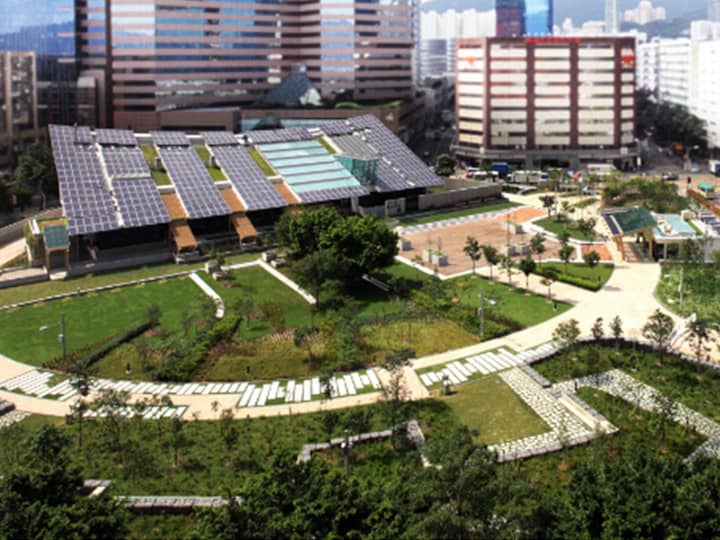
At the present, buildings consume about 40% of the total energy produced in the country, and they are responsible for around 30% of the total greenhouse gas emissions. This is a huge area where many improvements, in the methodology of green building, can be implemented to stave off climate change - or at least minimize its adverse effects.
Naturally, any modern person aware of the situation wants that. Which leads to both market and government pressure to increasingly utilize green building practices in the construction industry. Lowering the carbon footprint of constructing a structure, and making it efficient and sufficient enough to reduce energy consumption substantially - both of these will most definitely be the selling factors to the next generation.
Everybody loves drones! And for good reasons, they are going to be the future best trend in construction industry. And it's not just taking real estate photos, either. Drones, being as agile as they are, and being able to go where humans cannot, are extremely good at surveying and scrutiny.
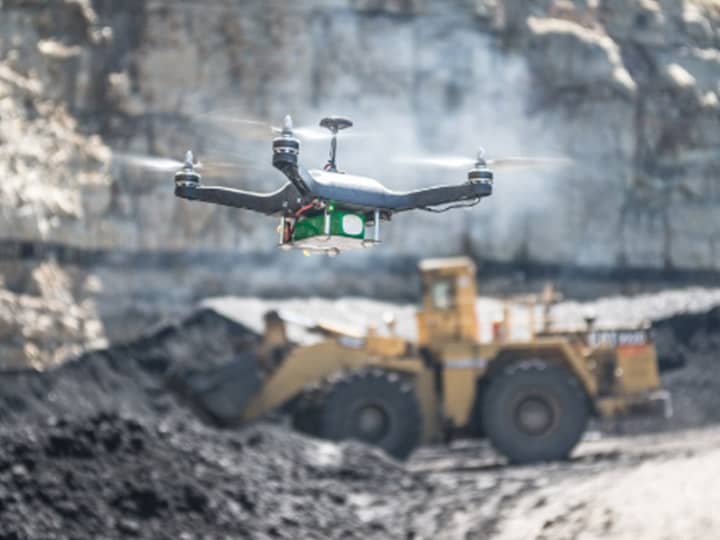
In the design phase, drones get to be invaluable when linked to a BIM central brain. The data flowing in from drone flights can precisely build up a detailed 3D model of an area or structure - automatically, even. The real-time actionable data helps immensely in the decision-making parts, streamlining the whole design process.
Sturdier drones and automated build-bots are now being used as well, in both hazardous situations or where speed or manpower is a big factor. Security drones can be employed to prevent intentional loss as high as a billion dollars every year. Some heavy drones are already being used to observe and scrutinize the actual construction process, alerting the authorities at once if anything deviates from design.
Usage of drones in construction industry continues to grow, and is estimated to grow twice - even thrice, maybe - just by the end of 2021. This is the bandwagon to jump on - and the market isn't waiting for the traditionalists.
Probably the most futuristic trends in construction industry in use right now is the usage of Augmented Reality and Virtual Reality (AR & VR). Isn't it cool to be able to see the building before it is built, to be able to walk through the rooms and corridors, to suggest improvements and changes as you look around in your house-to-be? AR and VR enables this extremely useful practice.
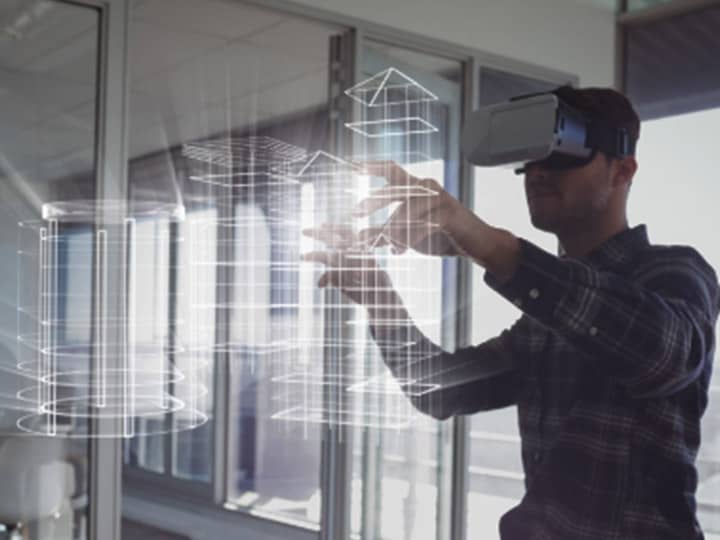
AR and VR works by taking the realistic renderings of the finished 3D model and presenting it to you in a 3-dimensional visualization system. This is mostly done using wearable technology, but also 360-degree visualizations can be used.
As clients are able to see the project as it will become before it actually exists and suggest changes, developers also benefit from the use of AR and VR in construction industry. This includes automated measurements, in-person area survey and real-time data sync with a BIM brain, simulations, safety training... the limit is only the imagination.
Information modeling is not new to the digital era of the construction industry, but nothing does it better than BIM software. According to Autodesk, BIM is "an intelligent 3D model-based process to help professionals manage buildings and infrastructure."
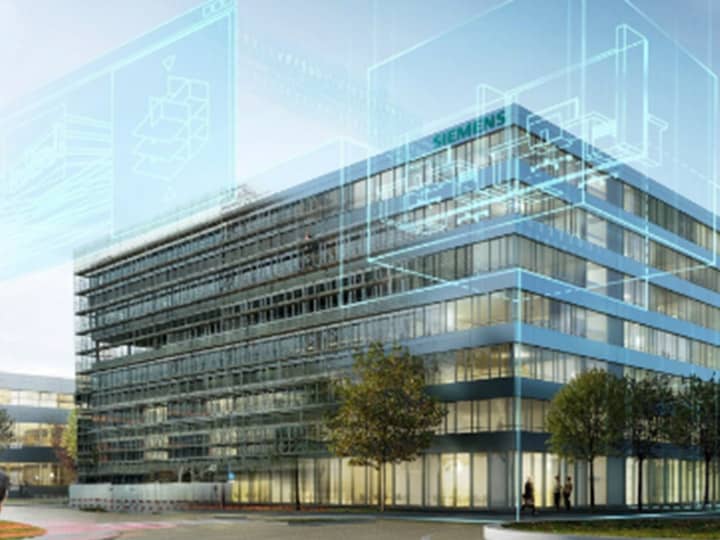
BIM enables the user to generate and manage complete project information in a 3-dimensional manner, using any level of detail they like. Furthermore, a BIM central server enables the whole AEC community to collaborate on another level entirely! Because BIM changes on the cloud are real-time, everybody involved in the construction of a particular project gets to see every change, in realistic 3D model and in documentation, just as they happen somewhere else.
For those great reasons, and many more, the AEC community is getting more and more aware of BIM and many have willingly made it their lifeblood. No wonder that the market from BIM is expected to grow up to $15 billions in a few years, conservatively put. BIM is definitely going to become the digital spine of the construction industry.
Why build everything from the ground up, when you can just snap pre-built things together? The usage of prefabrication in construction industry, especially when it comes to building repetitive stuff like residential zones, offers immense benefits.
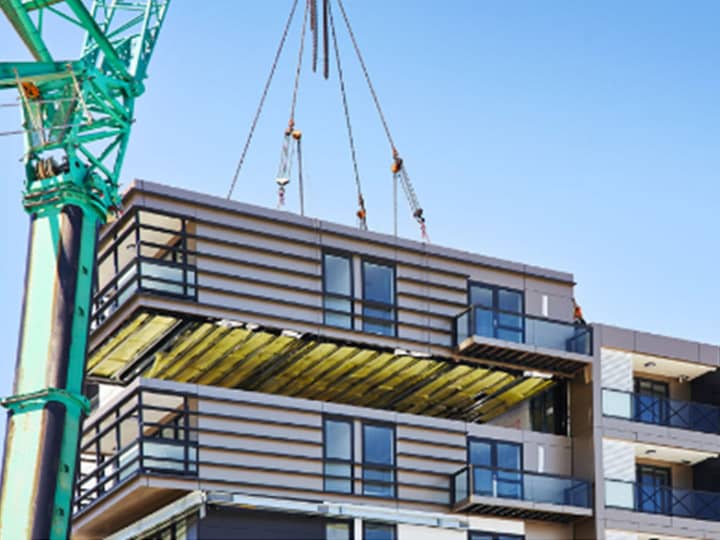
First of all, prefabrication is a big part of green building - you don't need to waste energy and materials and carbon to make everything on-site. Instead, most of the walls and other members, even whole rooms, are made in a controlled manner in a dedicated facility with very little emission and waste. Then you just carry them off to the site and snap them together.
This method is not only green - it is also surprisingly much cheaper than the traditional method. Not to mention, since you are working with ready-made stuff, a prefabricated building is much easier, safer and faster to erect than the same building done in traditional methods, and requires much less manpower. Furthermore, prefab buildings are generally very energy-efficient, sustainable, and obviously, easy to tear down and recycle.
It's easy to see why the market for prefab and modular buildings will grow by a hundred billion dollars within just a couple of years. Major international constructors have expressed their intention to reduce their on-site activity by 75% by 2025, relying mostly on ready-made building parts. All of that makes this the perfect time to jump into prefabrication if you're in the construction industry!